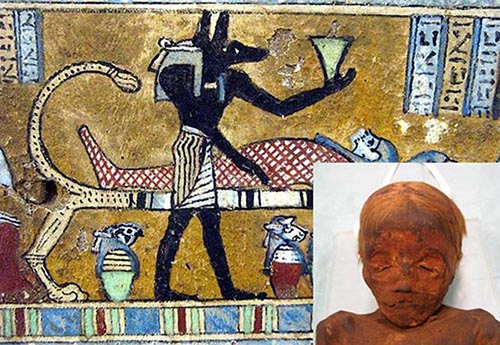Alice C. Linsley
Amram fathered at least three sons and a daughter by two wives. This
two-wife custom is typical of the
marriage and ascendancy pattern of the Horite Hebrew ruler-priests. We find the custom with
Lamech the Elder (Gen. 4), Terah, Abraham, Esau, Jacob, Amram, Moses, and Samuel's father Elkanah.
Abraham had two wives: Sarah and Keturah.
Esau the Elder had two wives: Judith (Adah?) and Basemath. Esau the Younger had two wives: Oholibamah and Mahalath. Amram had two wives: Jochebed and Ishar. Moses had two wives: the "Kushite" bride (his half-sister) and the Midianite bride, Zipporah (his patrilineal cousin). Elkanah had two wives: Penninah and Hannah.
The evidence of kinship analysis indicates that Jochebed was Amram's half-sister, not "his father's sister" as claimed by the Deuteronomist Historian (
Exodus 6:18,
6:20,
Numbers 3:19), a much later source of information. In
1 Samuel 10:14 and
Leviticus 10:4 דוד
dod signifies an uncle. It can also signify an uncle's son: compare
Jeremiah 32:8 with
Exodus 6:12, where the Vulgate renders דדי dodi as
patruelis mei, my paternal cousin. In
Amos 6:10, for דודו
dodo, the Targum has קריביה
karibiah, meaning a near relation. The evidence supports the view that Jochebed was Amram's patrilineal cousin, and not his aunt.
It appears that Jochebed was the mother of Aaron, Miriam, and Moses, and that Aaron was the oldest of the three. Jochebed and Amram had the same father (Kohath) but different mothers. This is true also for Abraham and Sarah. Their father was Terah, but they had different mothers.
Amram's second wife was Ishar, the daughter of Korah the Elder. Her first born son was named Korah, after her father, following the Horite Hebrew practice of the
cousin bride naming her first born son after her father. Korah the Younger belonged to the household of Korah the Elder, not to the household of his biological father. This is typical of the marriage and ascendancy pattern of the Horite Hebrew.
It appears that all these children were born in Egypt. They were Horite Hebrew, a caste of priests dedicated to God Father and God's son called Horus. Some of the Horite Hebrew rulers are listed in Genesis 36. They are associated with the
high places in Edom. Horite high places were found in many regions of the ancient world. In the Pyramid Texts (2613-2181 BC) these elevated shrines and temples are called "Horite mounds."
Amram's name means "the people are exalted." This refers to the high status of the Horite Hebrew in the ancient world. They were known for their strict devotion to the High God and his son and for their purity and sobriety. Herodotus observed
II:37:
"They are religious excessively beyond all other men, and with regard to this they have customs as follows: they drink from cups of bronze and rinse them out every day, and not some only do this but all: they wear garments of linen always newly washed, and this they make a special point of practice: they circumcise themselves for the sake of cleanliness, preferring to be clean rather than comely. The priests shave themselves all over their body every other day, so that no lice or any other foul thing may come to be upon them when they minister to the gods; and the priests wear garments of linen only and sandals of papyrus, and any other garment they may not take nor other sandals; these wash themselves in cold water twice in the day and twice again in the night; and other religious services they perform (one may almost say) of infinite number."
Likewise, Plutarch noted that the “priests of the Sun at Heliopolis [biblical On] never carry wine into their temples, for they regard it as indecent for those who are devoted to the service of any god to indulge in the drinking of wine whilst they are under the immediate inspection of their Lord and King. The priests of the other deities are not so scrupulous in this respect, for they use it, though sparingly.”
Amram's father was Kohath. He also was a priest. One of Amram's sons has the priestly name of Korah. "Korah" refers to a priest who shaves his body as part of a cleansing ritual in preparation for his time of service in the temple or shrine.
Korah, a son of Ishar, is mentioned in Numbers 16:1.
Jews pose Aaron as the founder of the Jewish priesthood, but the roots of the Hebrew priesthood are found much earlier. They are found in ancient Egypt and in Edom. In fact,
Aaron was buried in Edom, one of the territories ruled by the Horite Hebrew.
Aaron's Tomb on the summit of Mount Harun in ancient Edom.
(Photo credit: Ferrell Jenkins)













































.jpg)
